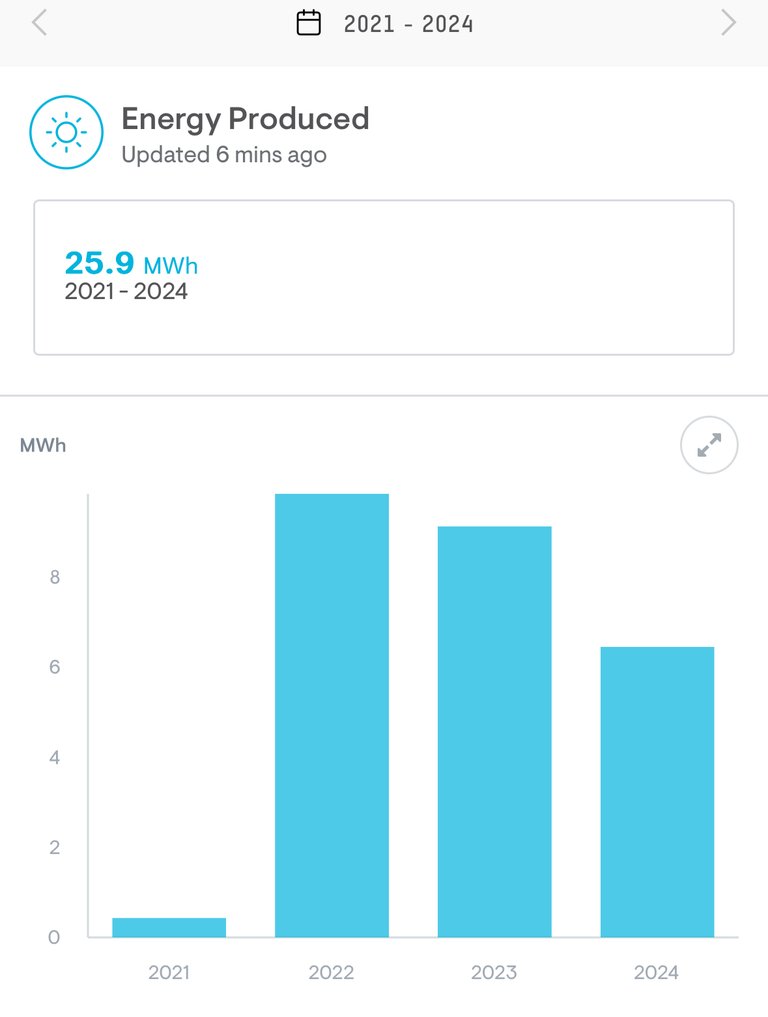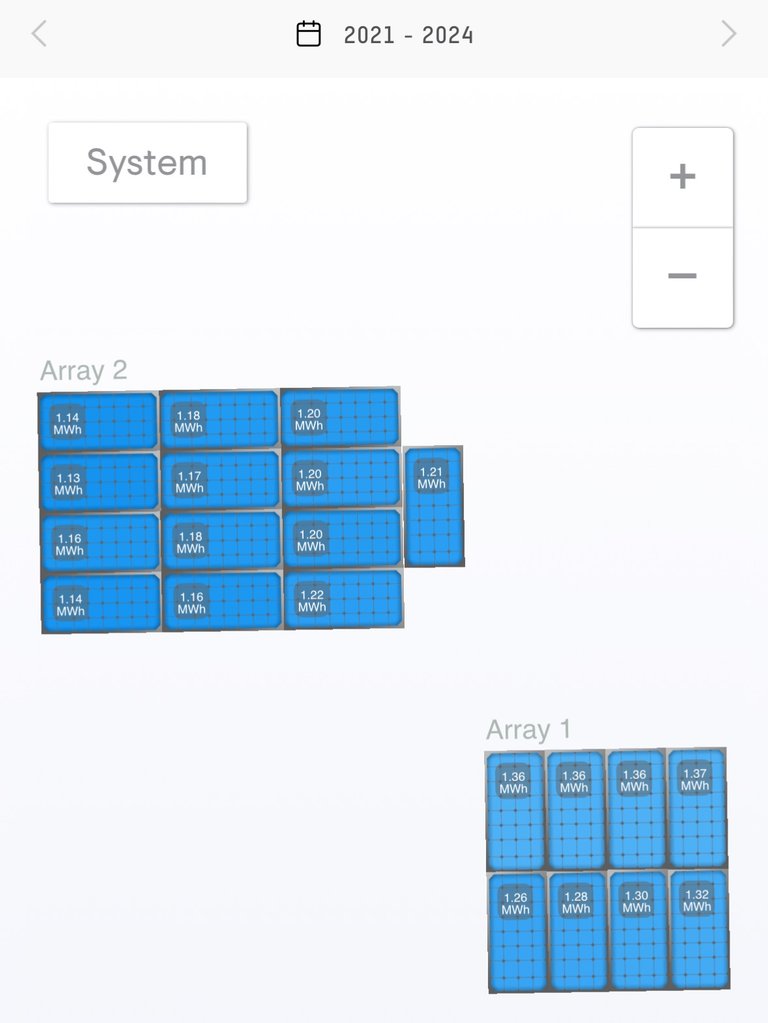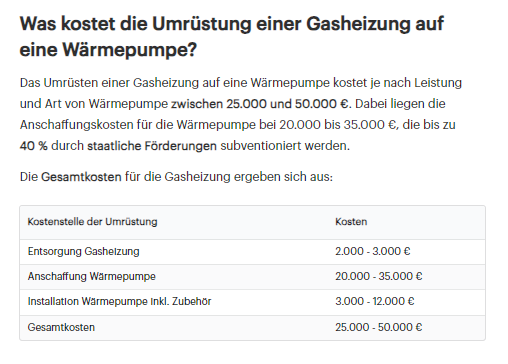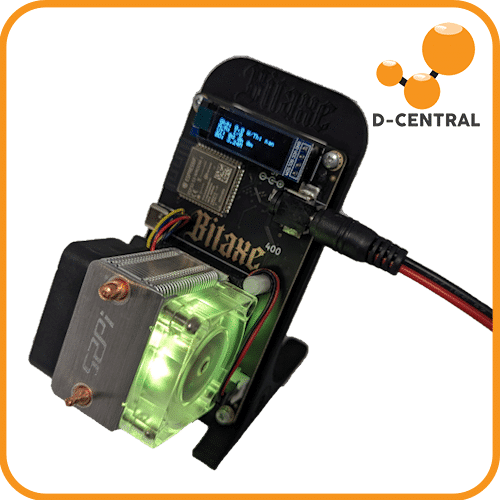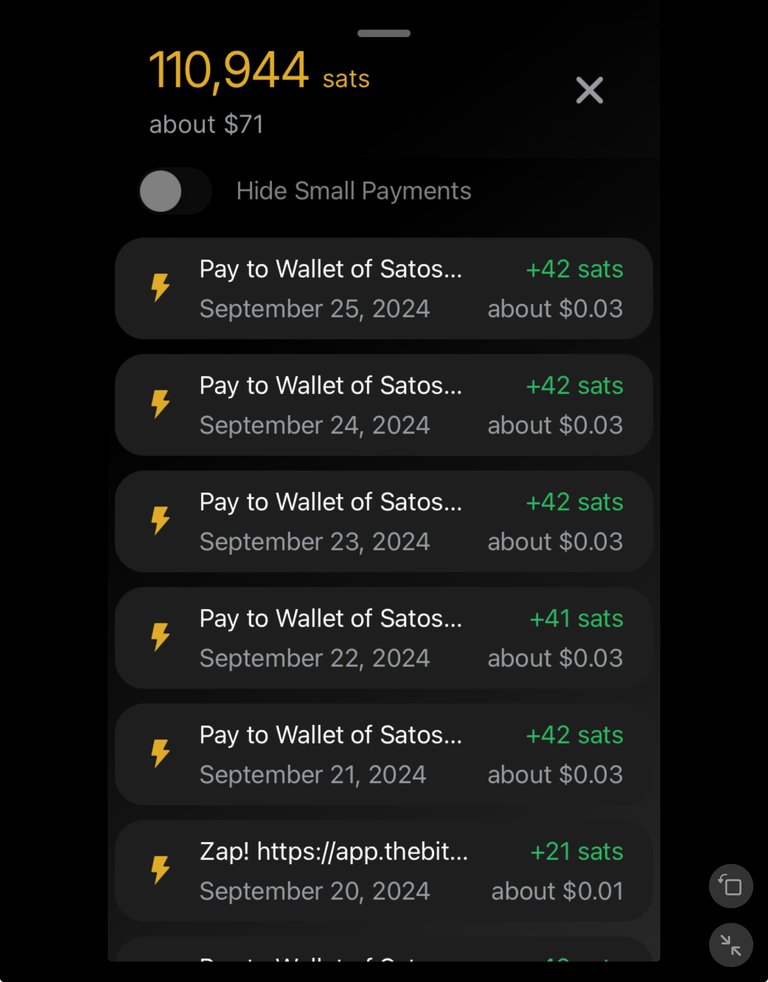In February this year we had our solar power system installed. So it has been operational for about half a year now.
The system consists of:
- 20 panels at 405W each (total 8.1kW).
- GivEnergy 5kW inverter.
- GivEnergy 9.5kWh battery (lithiun iron phosphate).
You will note that the panels can supply more energy than the inverter can send to the house, but this should mean that we get more power in sub-optimal conditions.
I have seen some posts by @solominer, who has a big garden system, and @ksteem with a big roof install. They have been posting updates on their production and I may start doing that too. I will look at automating the collecition of the data as the energy supplier and the actual system both have software interfaces.
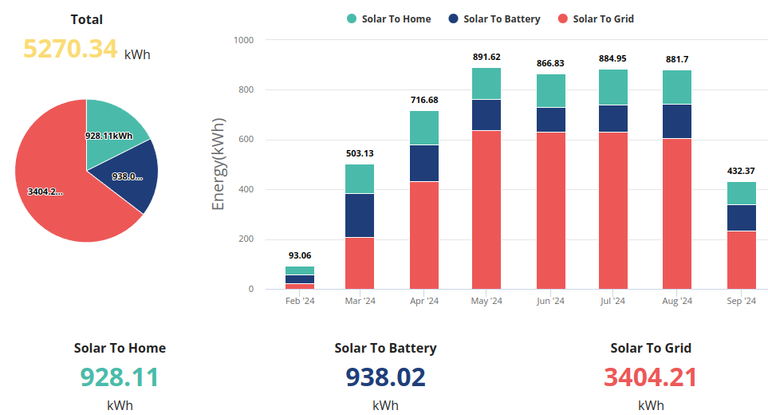
You can see that in the summer months we are generating far more energy than we use, so we are getting paid for the excess and this has covered the monthly bill that also includes a standing charge for electricity as well as our gas usage for heating, hot water and cooking. In the winter we are likely to struggle to keep the battery charged up, but then we can make use of much cheaper electricity in the early morning. We also use that to charge our electric car. The panels and battery would not be enough to give that a full charge unless we left it plugged in all day when it is sunny.
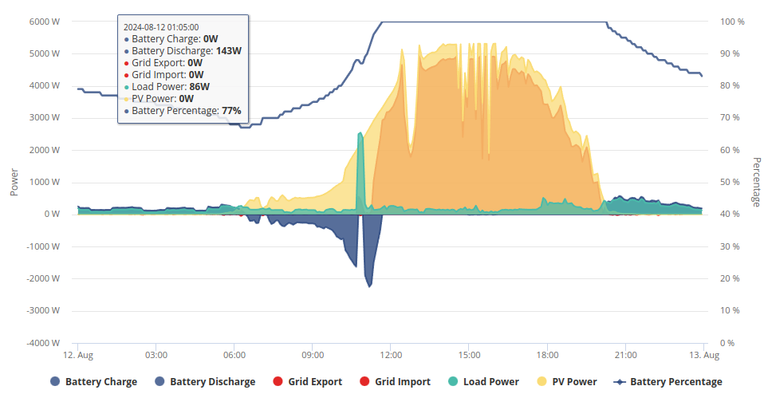
The panels are on the west side of the roof and so do not get direct sunlight until the middle of the day. They still generate in the morning and also when it is cloudy. As long as there is daylight they will produce something.
There have been some issues along the way. A few times (I think 5) a breaker in the system has tripped and disconnected the solar. We would not notice unless we check the app as the mains power will keep things running seamlessly. I do tend to check the app a few times each day, so I was able to reset the breaker. An engineer came out in July. He replaced the breaker, but it tripped again in early September. We just had another visit today and they did some changes to the cables and earthing that they say should resolve it. This is all under the warranty from Octopus who installed it and are also our energy supplier. They have been very responsive through the whole process.
We have not really had to change our habits to make the best use of the solar power. The main thing to watch out for is not using too much power. If we run the washing machine, over and air fryer all at the same time then that would probably use more than 5kW and we would be using the mains as well. We got the air fryer this year and use it instead of the oven for many meals. It is probably a more efficient way to cook. If we need water for cooking then I would now use the kettle rather than heating from cold on the gas hob. There is a plan for a new kitchen that will probably have an induction hob, so that will cut our gas usage by more.
Most of our lights are LED and we do not have many appliances that are using masses of power. There is a base load of a few hundred watts and the refrigerator is probably a fair bit of that. I just tend not to worry too much about leaving lights on now as it is not really costing us anything. I have reduced our monthly energy payments by a lot. We have built up some credit that should get us through the winter. I will have to wait a few more months to see how a full year goes and what our actual savings are. It was estimated that it will take around eleven years for the system to pay us back.
Our tariff is intended for those with an EV (electric vehicle). There is another where you give them control of the battery so that they can make use of it at peak times for a higher rate, but that does not allow for cheap EV charging. If your car charger or even your car are compatible then there are variable tariffs that can use the car battery. When I got our charger installed I did not know about that and it is not currently supported.
I am considering adding some extra automation using Home Assistant. One idea is to run the immersion heater when we have excess power rather than using gas. There may be some saving from that, but generally you do not have to do anything differently to be saving money as the system just gets on with it.
The cost of the hardware has really dropped over the years. We considered getting solar when we built the house twenty years ago, but it would have cost a lot more. It is likely that the labour will be a major part of any installation as you really need specialists to work on the roof and to do the electrics. I had a conversation with @apshamilton at Hivefest and he was telling me how cheap the panels can be if you buy them direct from China, but I wanted convenience. Some people are building fences with solar panels that are double sided and he has some on his boat.
I am happy enough with what we have. As well as saving money we want to play some part in reducing energy consumption. When it is sunny we can be powering several other homes.
I would recommend looking into solar if it is an option for you. Obviously you need a roof or somewhere else to install it, so it may not be viable for an apartment, although @louis88 has some panels on his balcony.
I know @meno powers his workshop from solar, so I would like to see some details of that. It would be great to build up the Hive solar community so we can compare notes.
Shine on!
